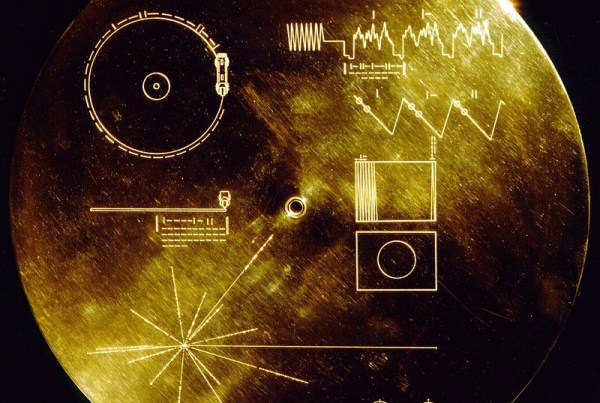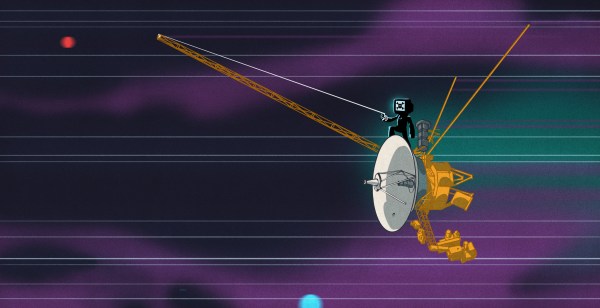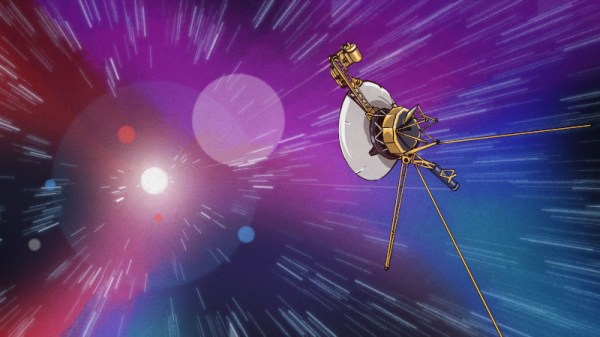When the United States launched the KH-9 Hexagon spy satellite into orbit atop a Titan IIID rocket in 1974, it brought a calibration target along for the ride: the Infra-Red Calibration Balloon (IRCB) S73-7. This 66 cm (26 inch) diameter inflatable satellite was ejected by the KH-9, but failed to inflate into its intended configuration and became yet another piece of space junk. Initially it was being tracked in the 1970s, but vanished until briefly reappearing in the 1990s. Now it’s popped up again, twenty-five years later.
As noted by [Jonathan McDowell] who tripped over S73-7 in recent debris tracking data, it’s quite possible that it had been tracked before, but hidden in the noise as it is not an easy target to track. Since it’s not a big metallic object with a large radar cross-section, it’s among the more difficult signals to reliably pick out of the noise. As can be seen in [Jonathan]’s debris tracking table, this is hardly a unique situation, with many lost (XO) entries. This always raises the exciting question of whether a piece of debris has had its orbit decayed to where it burned up, ended up colliding with other debris/working satellite or simply has gone dark.
For now we know where S73-7 is, and as long as its orbit remains stable we can predict where it’ll be, but it highlights the difficulty of keeping track of the around 20,000 objects in Earth orbit, with disastrous consequences if we get it wrong.


















